newhorizons
Latest

NASA releases sharpest-ever images of distant Kuiper Belt object
The mysterious Kuiper Belt object 2014 MU69 now exists as more than a generic-looking blob. NASA has posted its sharpest-ever images of the object, captured a relatively close 4,109 miles away at 12:33AM on January 1st. While scientists already knew some details about MU69 before now, such as its unusual two-part 'pancake' shape, these higher-quality images show details that just weren't visible before. You'll find circular pieces of terrain, deep pits (visible toward the top) and other details that were previously elusive.
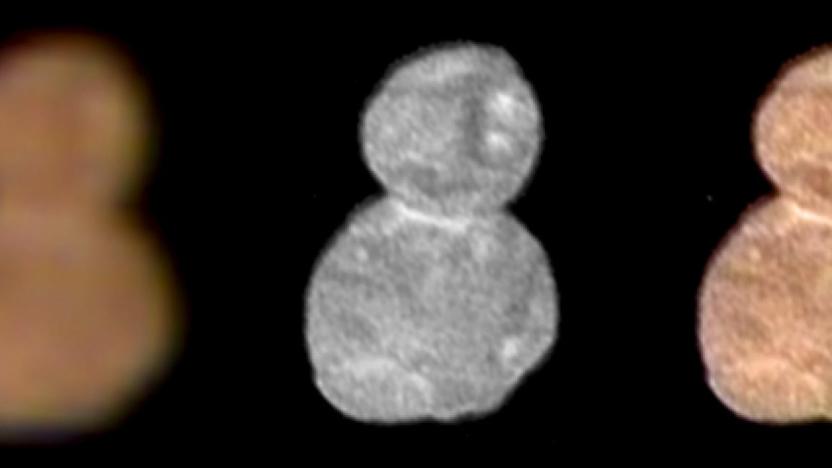
NASA releases first clear images of distant Kuiper Belt object
NASA's New Horizons team has released the promised first images from its history-making flyby of (486958) 2014 MU69, and they're already shedding some light on the early Solar System -- while also raising some questions. The snapshots, captured from as close as 17,000 miles away, show that the 21-mile-long Kuiper Belt object is a "contact binary" where two spheres slowly collided and fused with each other. The two may have linked up "99 percent of the way" to the start of the Solar System, Johns Hopkins University APL said.
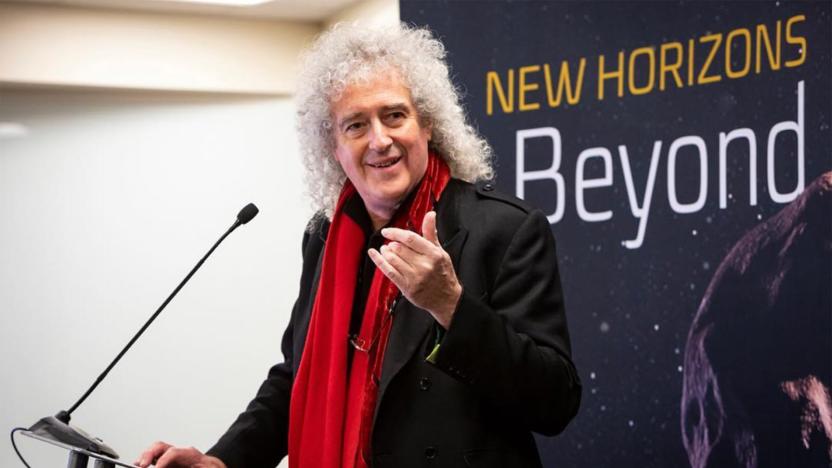
Queen guitarist Brian May wrote a song for NASA's historic flyby
Queen guitarist Brian May hasn't been shy about his fondness for astronomy (he does have a doctorate in astrophysics), and he's making that patently clear as 2019 kicks off. The artist has written a song to mark NASA's historic flypast of Ultima Thule, appropriately titled "New Horizons (Ultima Thule Mix)." As he explained in a presentation, the tune is an "anthem to the human endeavor" -- it pays tribute to our species' insatiable curiosity about the universe.
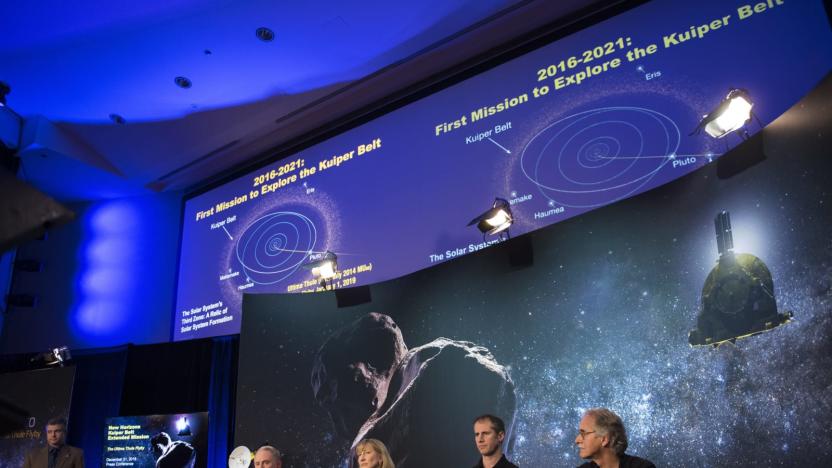
New Horizons probe sends first signal from Ultima Thule
NASA now has proof that its New Horizons probe completed its record-setting flyby of the Kuiper Belt object Ultima Thule. The mission team confirmed the flypast at 10:31AM Eastern Time after receiving telemetry data indicating that the spacecraft was "healthy." It technically flew past Ultima Thule at about 12:33AM , but the combination of data collection and the six-hour signal travel time left the New Horizons crew waiting until much later to receive the A-OK from their pride and joy.
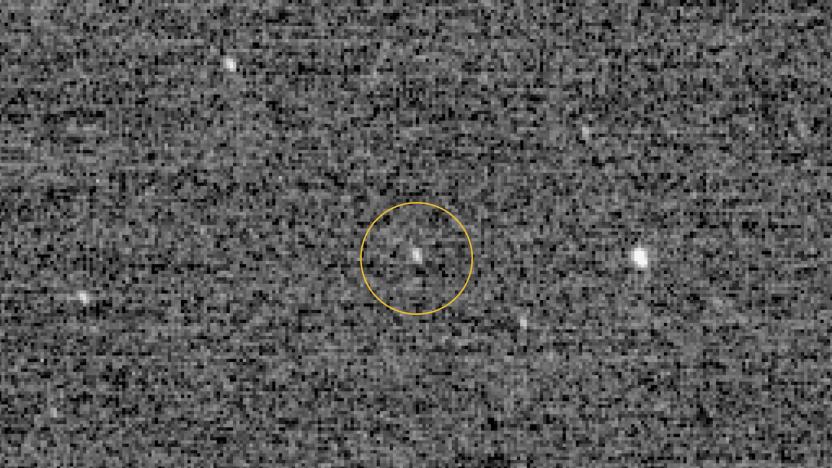
NASA will reach its most distant target yet on New Year's Day
While we're welcoming the new year here on Earth, NASA's New Horizons spacecraft will be ringing in 2019 with a flyby of a very distant object in our solar system. In 2015, New Horizons gave us our best look yet at Pluto, and ever since, it has been heading towards a distant Kuiper Belt object known as Ultima Thule. On January 1st, 2019, it's scheduled to reach Ultima Thule, where it will collect detailed images and other data as part of the most distant exploration of a space object to date.
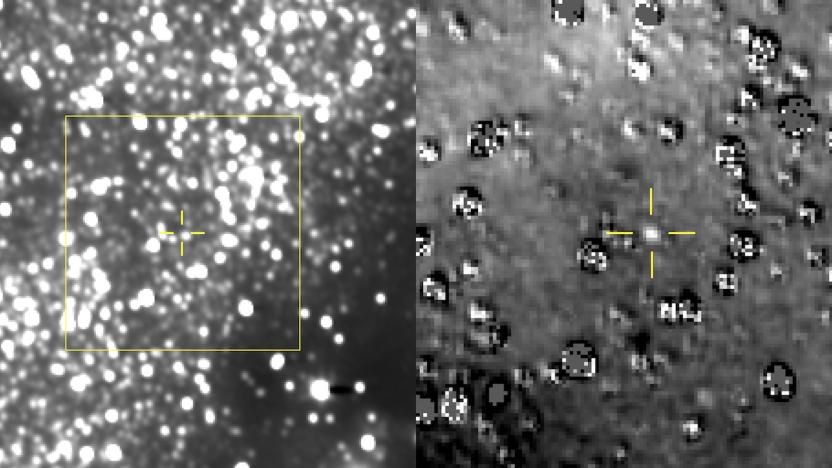
New Horizons snags image of distant Kuiper Belt target a month early
After NASA's New Horizons spacecraft collected a trove of data from its six-month-long flyby of Pluto, it set its sights on a much smaller object in the Kuiper Belt -- an object dubbed 2014 MU69. Scientists believe MU69 will likely be a rather preserved outer solar system object, one that could provide clues as to how dwarf planets like Pluto may have formed billions of years ago. Now the New Horizons team reports that it has snapped a picture of its distant target and it did so weeks before MU69 was expected to be visible to the spacecraft.
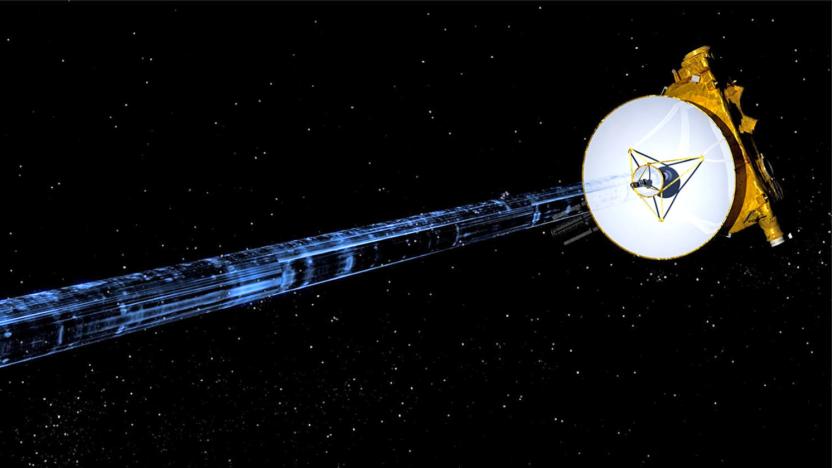
New Horizons probe may have detected Solar System's hydrogen 'wall'
Scientists have learned a bit about the edge of the Solar System from Voyager 1, but there hasn't been a lot of corroborating data without follow-up spacecraft. They appear to be getting a second chance, though. NASA's New Horizons spacecraft has detected what appears to be a "wall" at the edge of the Solar System where interstellar hydrogen gathers as it collides with the solar wind -- in other words, the very edge of the Sun's influence. Researchers found it by capturing a 360-degree snapshot of ultraviolet emissions around the probe, revealing an unusual brightness (potentially bunched-up hydrogen) similar to a signal the Voyager mission detected 30 years ago.
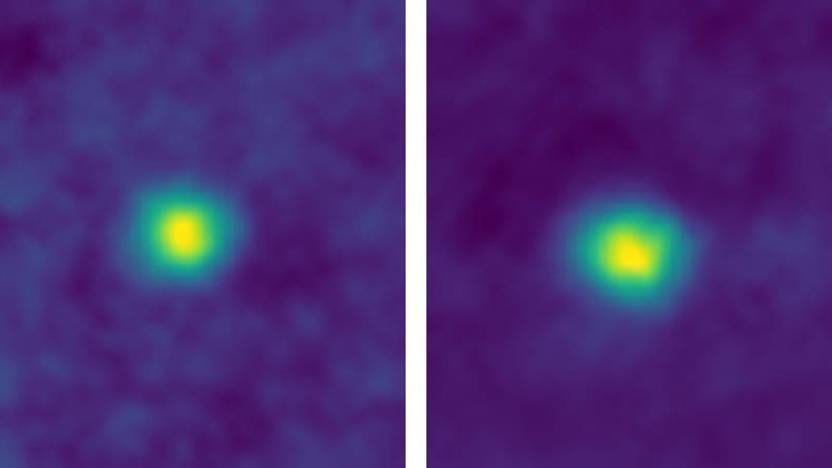
New Horizons probe captures images at record distance from Earth
Voyager 1 has held the distance record for a captured image for the past 27 years thanks to its legendary "Pale Blue Dot" photo (3.75 billion miles away from Earth), but that milestone just got smashed. NASA's New Horizons probe took pictures of Kuiper Belt objects at a distance of over 3.79 billion miles from our cosmic home on December 5th. They weren't technically the first images to break the record, though -- an image of the "Wishing Well" star cluster from two hours earlier (below) has that honor.
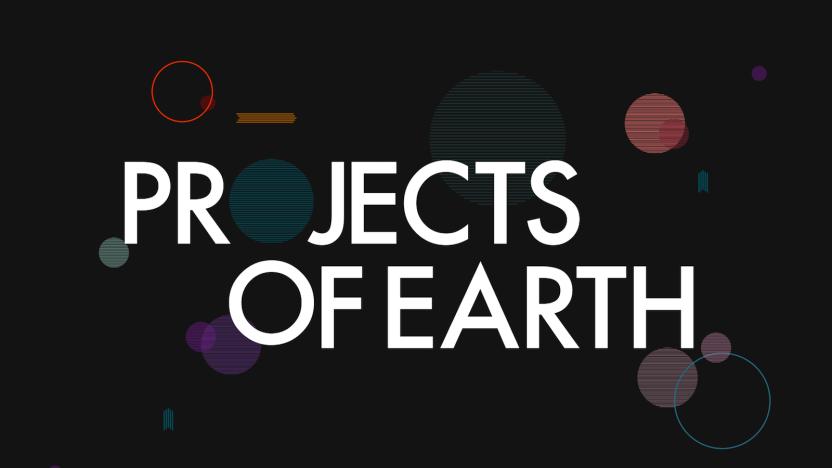
Kickstarter commemorates Voyager with projects celebrating humanity
Forty years ago, the two Voyager probes were launched and to honor the anniversary, Kickstarter has created Projects of Earth -- a group of campaigns inspired by the Voyager's Golden Record that offer "unique perspectives on humanity, culture and life on Earth." All of the projects will be launched between August 20th and September 5th -- the two dates of each of the Voyager probe launches -- and like the Golden Record, are meant to capture a portrait of our world as it exists today.
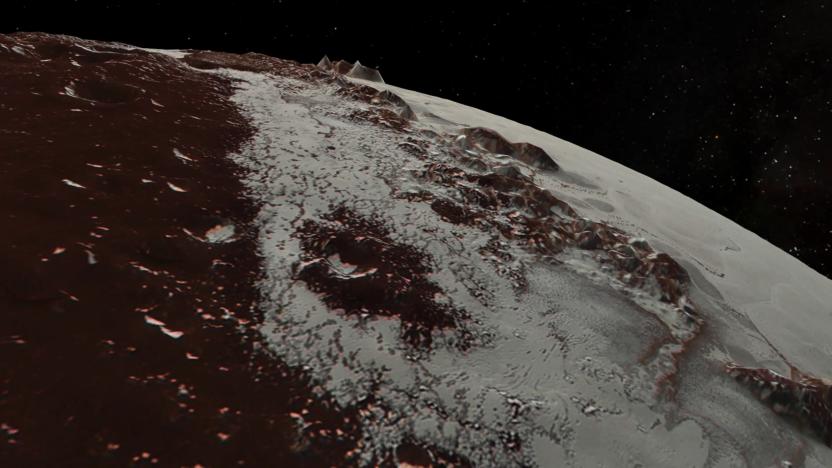
Fly over Pluto and Charon in the latest NASA footage
The New Horizons spacecraft may have moved on from Pluto, making a long march to the Kuiper Belt, but we're still deep in the process of analyzing the data it sent back. Now, for the spacecraft's one-year anniversary of its Pluto flyby, NASA has released two new videos based on digital elevation models and New Horizons' data of both Pluto and Charon. The Pluto flyover begins in Sputnik Planitia, a nitrogen ice field bordered by craters on one side (Cthulhu Macula) and mountains on the other. It moves north to Voyager Terra, which are rugged highlands, and then sweeps over the pits and craters of Pioneer Terra. The flyover ends over Tartarus Dorsa. The Charon flyover, meanwhile, surveys the canyon Serenity Chasma, before sweeping over Dorothy Gale crater and Mordor Macula, the dark polar hood of Charon. The flyover then moves south, covering an area called Oz Terra before ending at the Vulcan Planum plains and Clarke Montes mountains. It's important to note that the topographic features have been exaggerated in these videos to really give you an idea of what the landscape of Pluto and Charon are like. Additionally, NASA enhanced the colors of both dwarf planets' surfaces.
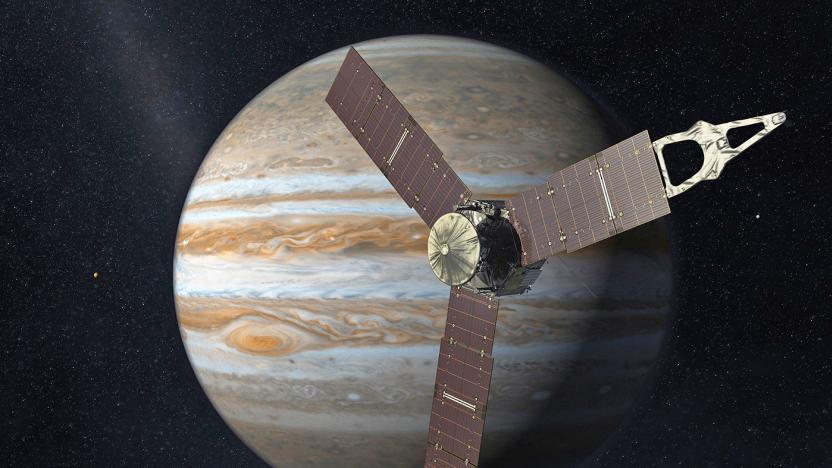
NASA is reviewing candidates for its next Solar System mission
NASA might be focusing on Mars recently, but it hasn't forgotten the rest of the Solar System. The agency has begun reviewing the 12 proposals it received for the New Frontiers program, the same one that gave rise to New Horizons, Juno and other notable unmanned missions. All the proposals will go through scientific and technical probing with the next seven months, with one or a few moving on to the next phase of the selection process. NASA will choose the best mission to develop in 2019 and will spend up to $1 billion to make it a reality.
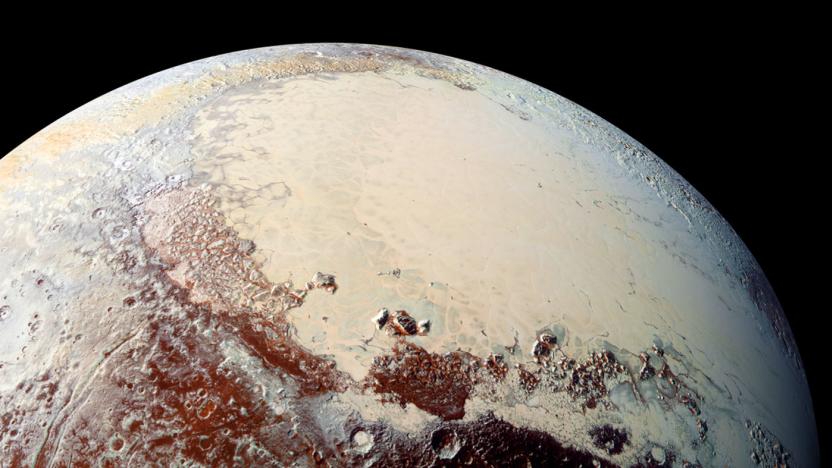
New Horizons scientists want to redefine what planets are
Alan Stern and his fellow New Horizons scientists really want Pluto to become a full-fledged planet again. The principal investigator of NASA's mission to Pluto, along with a few members of his team, want to change the definition of planets. According to the proposal they intend to present at the Lunar and Planetary Science Conference, they want the word "planet" to define any "sub-stellar mass body that has never undergone nuclear fusion and that has sufficient self-gravitation to assume a spheroidal shape adequately described by a triaxial ellipsoid regardless of its orbital parameters." In simpler words, they want the word planet to describe all "round objects in space that are smaller than stars."
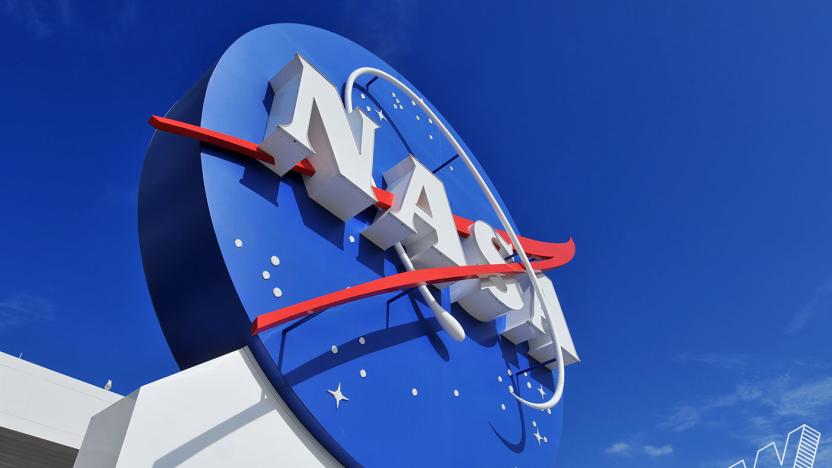
NASA dominated space and social media in 2016
"We all have a thirst for wonder," American astronomer Carl Sagan wrote in his sci-fi novel Contact. "It's a deeply human quality." And it's partly thanks to this "thirst" that NASA had the space game on lock this year, even though it doesn't have access to as much money as it used to. The agency stepped into 2016 armed with $19.3 billion in government funding. Yes, that's almost a $1 billion more than what the administration originally asked for, but it's also significantly lower than NASA's budget in previous years, when adjusted for inflation.
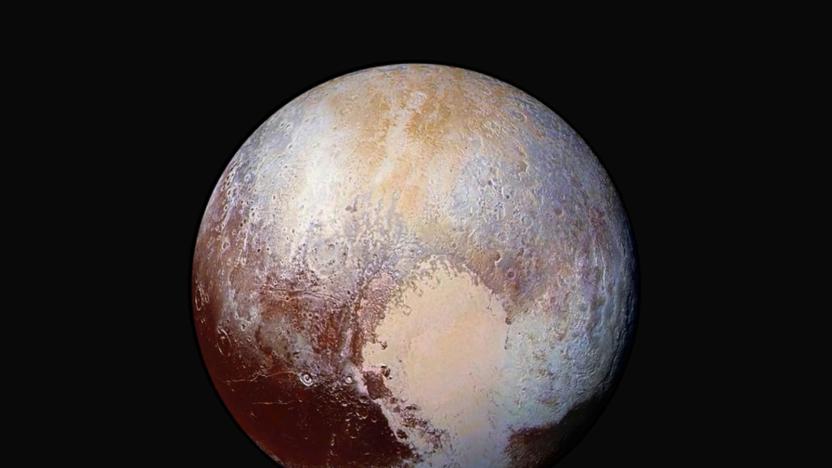
Researchers offer new evidence of a liquid ocean on Pluto
Pluto may have lost its official planet status, but the frozen world at the edge of our solar system still deserves a closer look. That's the end goal of two new studies of Pluto published in the journal Nature this month, both of which focus on Sputnik Planitia -- a 1,000-kilometer long basin covered in frozen nitrogen. As Wired notes, both papers agree that Sputnik Planitia's mass is likely responsible for throwing Pluto off its axis and creating Charon's tidal alignment, but they differ in their explanations of how a dent in the planet's surface could actually be so massive.
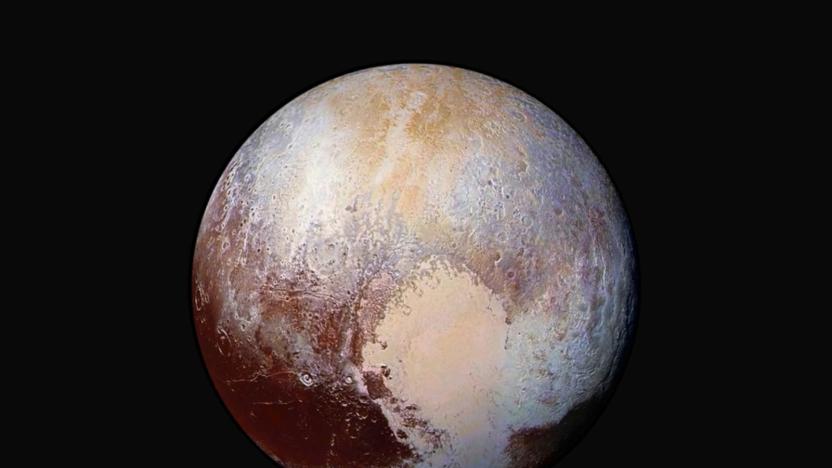
NASA's New Horizons has sent back its last data from Pluto
The New Horizons probe had just one shot at gathering as much data from Pluto as it could, a process that took more than a day. But it's taken the past fifteen months to actually receive all 50-plus gigabytes of data that it captured. NASA announced this morning that the probe has finally sent back the last bit of data, a Pluto and Charon infra-red sequence. Next up, NASA plans to double-check the data it's received before wiping New Horizons' data recorder. Its next stop: the Kuiper Belt.
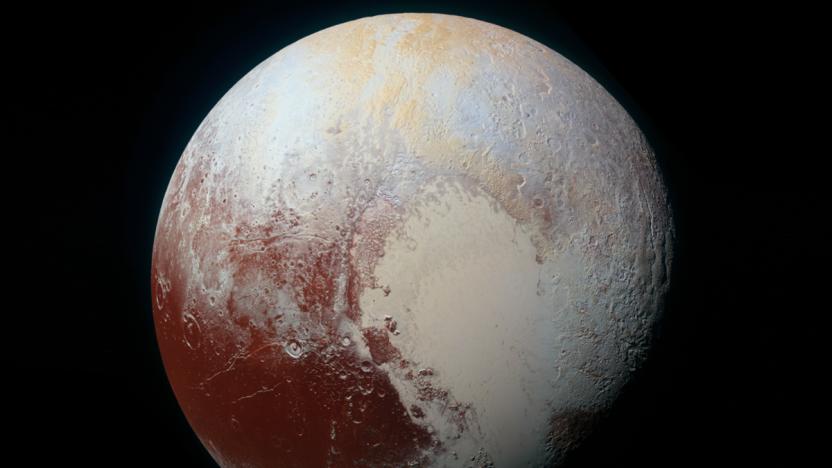
Pluto may have a 60 mile deep liquid water ocean
We used to think of Pluto as a remote frigid rock, but since the New Horizons visit, it's vying for the title of the solar system's most interesting (ex-) planet. An earlier study showed that its core is warm enough to support a liquid water ocean, and now we've learned that it might be huge -- at least 100 km (62 miles) deep. The evidence, according to the team from Brown University, comes from a likely impact with massive asteroid.
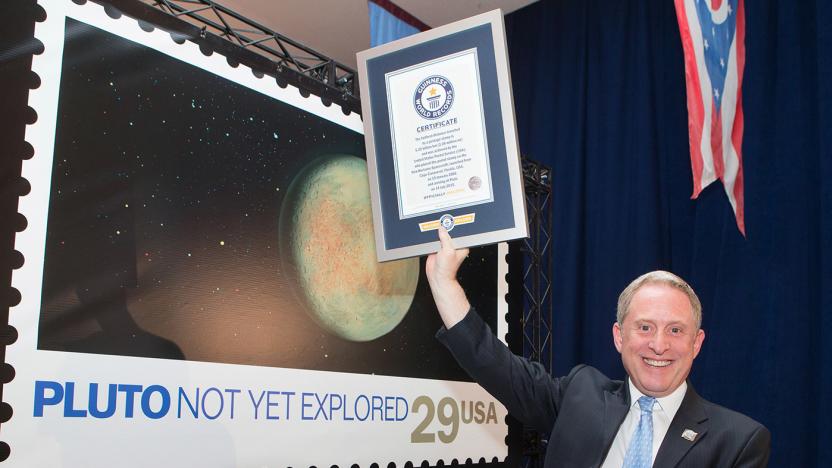
Pluto stamp earns world record for traveling 3 billion miles
"Pluto: Not Yet Explored" is the envy of all stampkind. It has officially earned a Guinness World Record for the farthest distance traveled by a postage stamp after journeying for 3.26 billion miles aboard the New Horizons. NASA stuck it aboard the probe when it took off in 2006 but has since issued new ones celebrating the spacecraft's successful exploration of the dwarf planet.
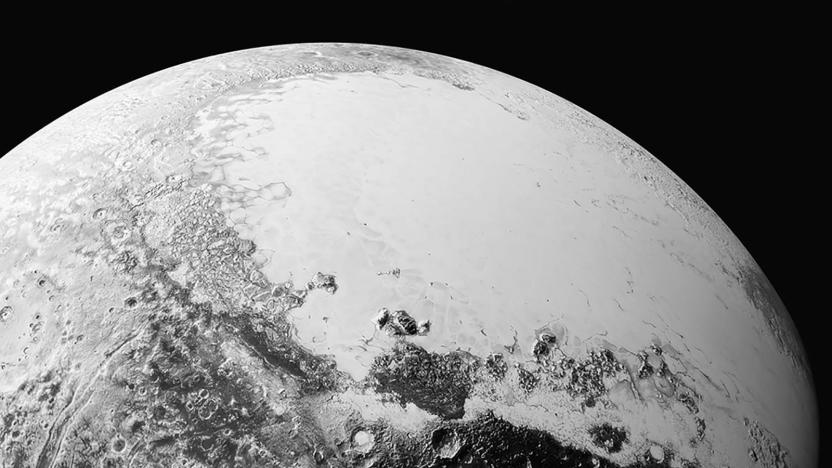
NASA's New Horizons probe is officially set to explore the Kuiper Belt
After capturing and transmitting the most detailed images of Pluto we've ever seen, NASA's New Horizons space probe is getting a new mission. NASA announced today that the probe had received funding to continue its exploration of the outer reaches of our solar system. Going deeper into the Kuiper Belt, New Horizons is set to reach the small icy object known as 2014 MU69, which was first discovered by the Hubble telescope in June of 2014. This potential destination was announced last year, but now the probe has officially been given clearance to make the trip. It should arrive at 2014 MU69 on January 1st, 2019.
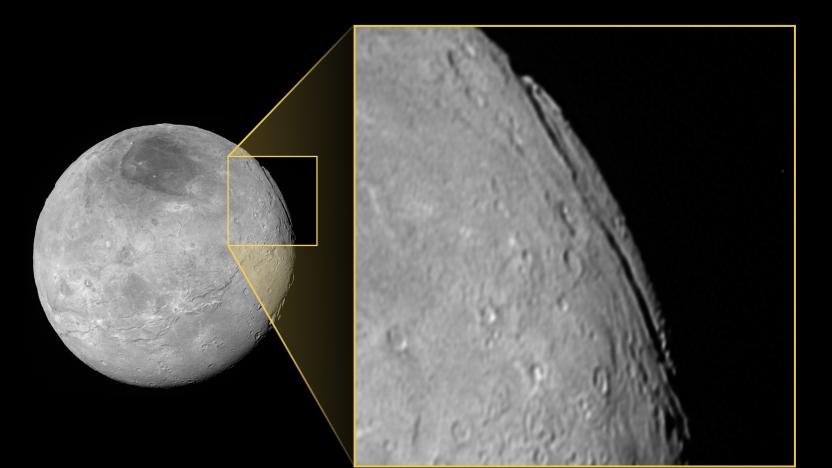
Pluto's moon Charon features a massive, deep chasm
While humans are still a long way away from going canyoneering on the moons of Pluto, we can at least start scoping out the terrain. In images shot last summer by NASA's New Horizons spacecraft, we can see one immense and interesting feature of Charon: a deep canyon dubbed the Argo Chasma that slices through one hemisphere of Pluto's largest satellite.
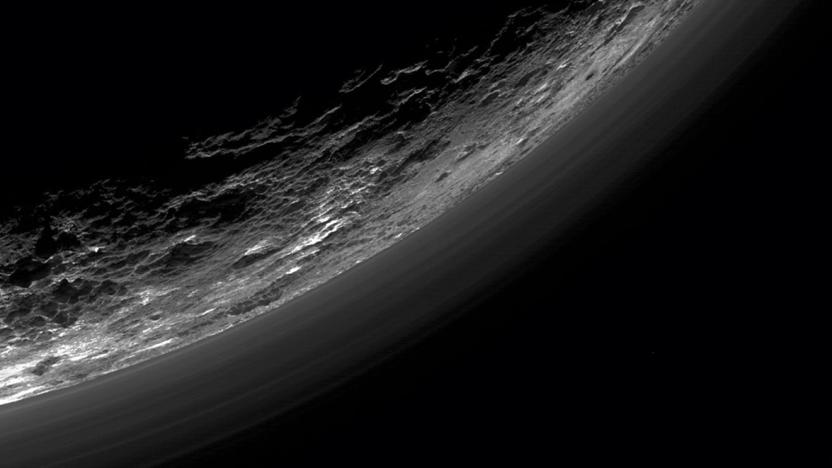
Pluto might still have an ocean underneath its icy shell
Thanks to New Horizons, we now know just how complex Pluto's surface is, with its mountain ranges, deep cracks, volcanoes, canyons and heart-shaped plain. Scientists think those tectonic features are the result of a subsurface ocean slowly freezing over. According to a study led by Brown University graduate student Noah Hammond, though, tha ocean might still exist in liquid form even today. The team took into account all the data the probe gathered, such as Pluto's diameter and density to simulate a large body of water transforming into ice. Turns out the dwarf planet would have shrunk if the water its crust is hiding froze long ago. Its surface would have looked much different.






